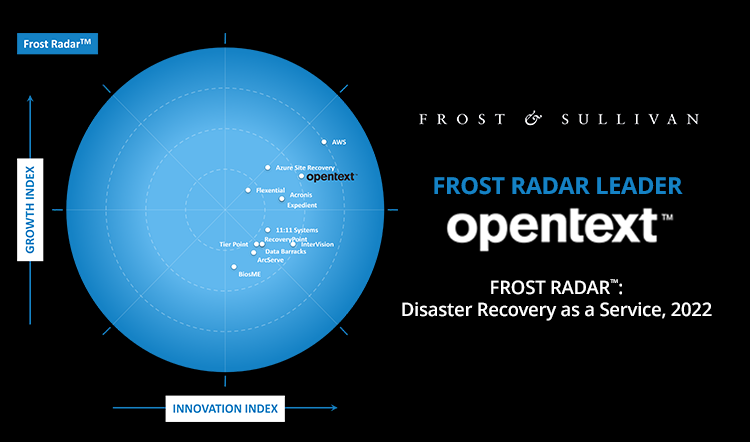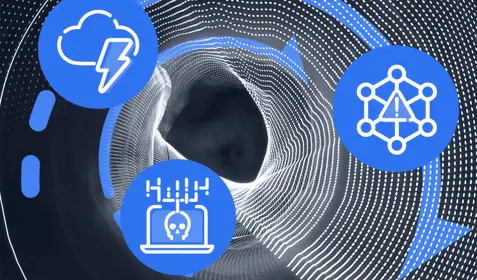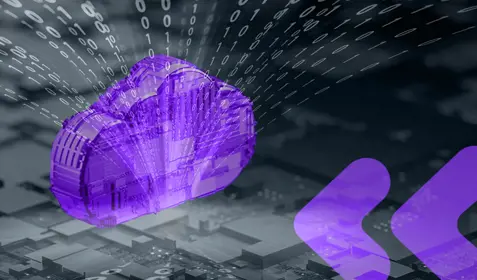The challenges with traditional disaster recovery
When a critical system goes down – whether from ransomware, natural disaster or human error – businesses suffer both lost revenue and productivity until normal operations resume. That’s why many organizations are scrambling to adopt disaster recovery strategies.
But with numerous disaster recovery solutions on the market, it’s hard to know how to pick the right one for your business. Luckily Frost & Sullivan has been ranking the best solutions, and their most recent report has just been published.
Why choose disaster recover as a service (DRaaS)?
When disasters strike, businesses scramble to get thing back to normal as fast as they can. The quickest way to recover is to relocate the workload to another server, often at a secondary location. But for most businesses, the redundant hardware, data center space and additional IT resources are too costly to make this a viable option, leaving many small and midsize businesses unprepared in the event of a disaster.
The power of the cloud for disaster recovery
One solution is to move disaster recovery to the cloud to capitalize on its scale, availability and cost efficiencies. Disaster recovery as a service (DRaaS) uses software to replicate workloads, data and system settings to a provider’s cloud.
In the event of a disaster, data and applications housed in that cloud are spun up as a secondary production site and remain operational until the primary site resumes operations and failback can occur. DRaaS is a popular service to help businesses protect their data, improve application availability and minimize the effects of outages.
According to a recent Frost & Sullivan survey:
• 37% stated that moving apps and data to the cloud improved their compliance assurance
• 41% stated that moving apps and data to the cloud helped improve app availability
Helping navigate the many DRaaS offering
To help organizations navigate the many DRaaS solutions, Frost and Sullivan examines and evaluates DRaaS providers. In the “Frost Radar ™ Disaster Recovery as a Service, 2022” report, they plot companies’ capabilities based on growth and innovation.
Frost & Sullivan puts DRaaS providers into one of two boxes:
1. Technology providers that offer a DRaaS solution that includes both the software platform and a cloud backup environment
2. MSP that partner with technology providers to bring DRaaS offers to market
OpenText delivers strong disaster recovery as a service

OpenText, a market leading information management company, was plotted in the upper right quadrant in the Frost Radar™ highlighting both its growth and innovation.
Carbonite™ Recover, the OpenText DRaaS product, reduces the risk of unexpected downtime by securely replicating critical systems to the cloud, ensuring that an up-to-date copy is available when needed. With non-disruptive, self-service tests, failover reports and professional services support, organizations can have a comprehensive data protection strategy.
Frost & Sullivan states DRaaS is a vital component to cyber security, “As threats from cybercrime (particularly ransomware) grow, DRaaS services provide critical protection when prevention fails. DRaaS enables businesses to replicate and restore data and applications to a cloud-based environment in minutes, without paying ransom fees to criminals. It ensures business continuity in the face of a growing threat.”
Learn more how DRaaS can play a vital role in your data protection and security strategy. Download a free copy of the Frost Radar™: Disaster Recovery as a Service, 2022 report.








